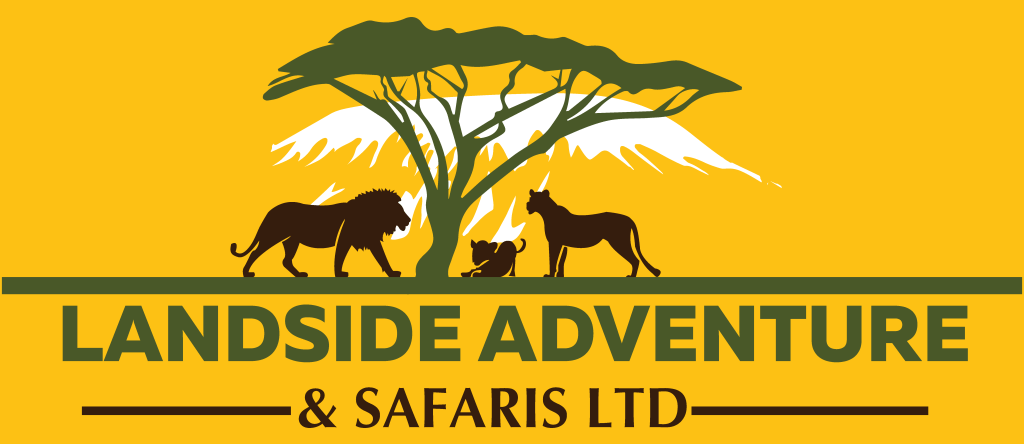Mount Kilimanjaro
Size: 1,668 sq km (641 sq miles)
Established: 1921 established as a forest reserve, 1973 as a national park and declared a UNESCO World Heritage Site in 1987.
Distance from Arusha: 128 km (80 miles)
More Information About Mount Kilimanjaro
Mount Kilimanjaro is the highest mountain in Africa and the highest free-standing mountain in the world. Mount Kilimanjaro is made up of three volcanoes, Shira in the west (4,269 m) Mawenzi in the east (5,280 m) and the youngest volcano Kibo (5,895m). Shira and Mawenzi are extinct and the last major eruption of Kibo was between 150,000 and 200,000 years ago. Today Kibo is dormant but could awaken any day.
The vegetation on the mountain is also very varied and some 2,500 species of plants are found here including the endemic and beautiful red and yellow impatiens Kilimanjaro as well as the colorful violet viola. The lower regions of the park are dominated by lush green montane forests with almost 140 species of trees.
A bit higher up, distinctive giant lobelias grace the moorland zone. Above 4,000 m one finds the moonlike desert, where not much grows and the land is full of rocks and dust. Closer to the summit, hikers will be rewarded with beautiful sights of glaciers and a deep crater.
Out of the approximately 140 mammal species that live in the park, 87 of them are forest species. Animals that roam here include elephants, leopards, buffaloes, various antelopes including the rare and endangered abbot duiker as well as primates such as the colobus and the mitis monkey. In addition, hereto, 24 species of bats and 179 highland bird species have also been spotted in the Kilimanjaro National Park.
The majority of visitors to the park are hikers. As is to be expected, all have the same goal in mind – to make it to Africa’s highest peak. There are seven official routes to choose from with the Marangu route being one of the easiest routes for inexperienced hikers and those in search of a bit more comfort (overnights take place in huts).
The Rongai route is the quietest route and the best choice if you are climbing in the rainy season as this part of the mountain gets the least precipitation. Camping routes include the Lemosho route, Shira and Machame route and all are a bit more challenging but also much more scenic. The most demanding but also the least used route is Umbwe route. Apart from Marangu route and Rongai route all other routes descend on the Mweka route.
The origin of the name Kilimanjaro is not certain.
European explorers had adopted the name by 1860 and reported that “Kilimanjaro” was the mountain’s Swahili name. But according to the 1907 edition of The Nuttall Encyclopædia, the name of the mountain was “Kilima-Njaro,” comprised of the Swahili word “Kilima” meaning “mountain” and the Chagga word “Njaro” meaning “whiteness.”
Mount Kilimanjaro Climbing Routes – Which is the Best for You?
The six Mount Kilimanjaro climbing routes vary not only in length, cost and scenery. They also have different difficulty levels and different success rates.
Selecting a Mount Kilimanjaro climb route is one of the most important decisions you have to make.
There is no single best Mt. Kilimanjaro climb route. Which route up Kilimanjaro is the best for you depends on several factors:
The time and money you have available, previous experience and fitness, the time of the year, and personal preference.
Arusha National Park
A green jewel and home to the fourth highest mountain in Africa – Mount Meru (4,566 m) and Lake Momela.
Mount Kilimanjaro
Mount Kilimanjaro is the tallest mountain in Africa and the tallest free-standing most beautiful mountain in the world.
Ngorongoro Conservation Area
Ngorongoro Conservation Area is in northern Tanzania. It’s home to the vast, volcanic Ngorongoro Crater and “big 5” game.
Serengeti National Park
Located in the north of the country and shares its northern boundary with the Kenyan Masai Mara Game Reserve
Tarangire National Park
The park has plenty of resident animals although some tend to migrate depending on the time of year.
Zanzibar Island
The spice island of Zanzibar with its interesting history influenced by early Arab traders offers beautiful beaches at the Indian Ocean and beach
Email Address
info@landsideadventures.com
Call
+255 752 633 454
+255 692 406 444
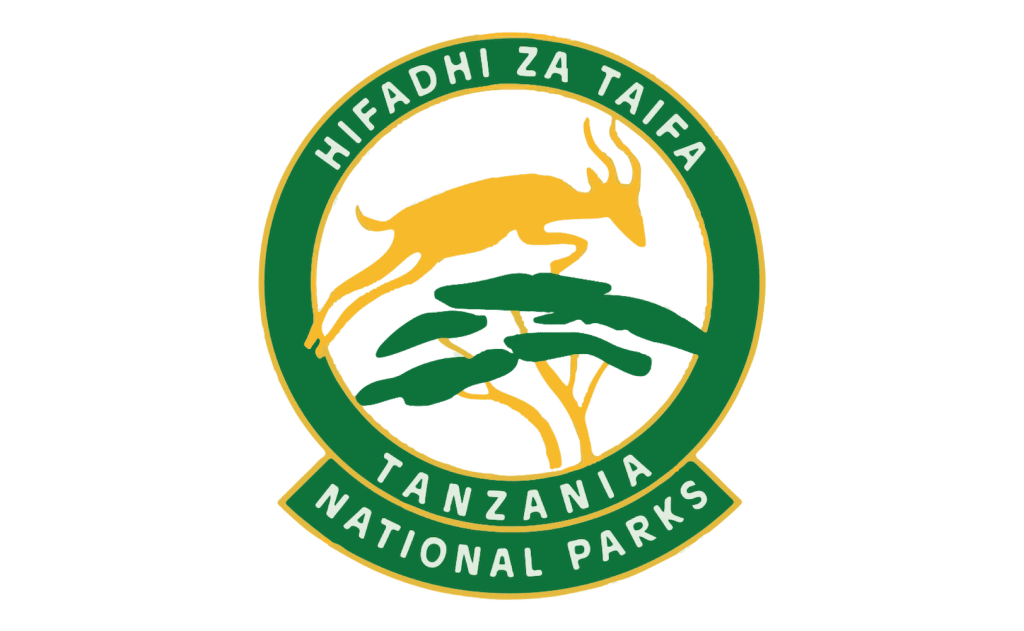
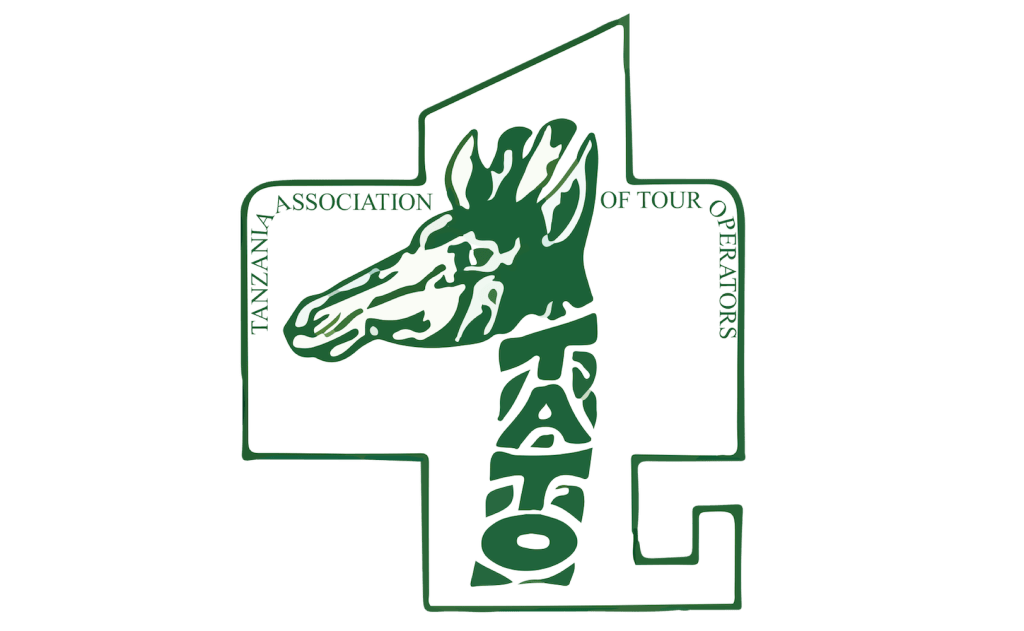
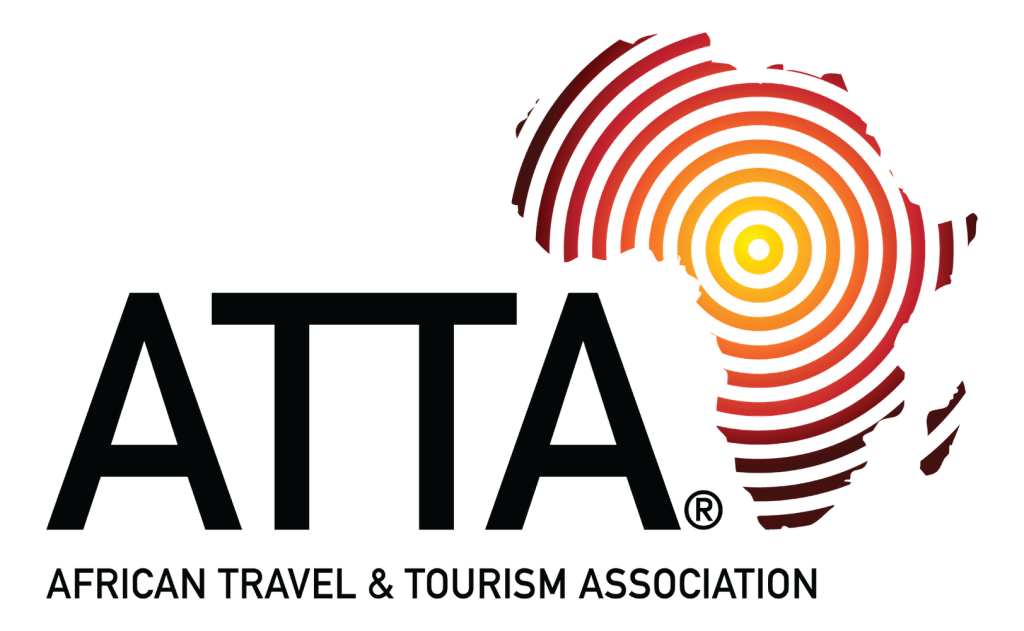
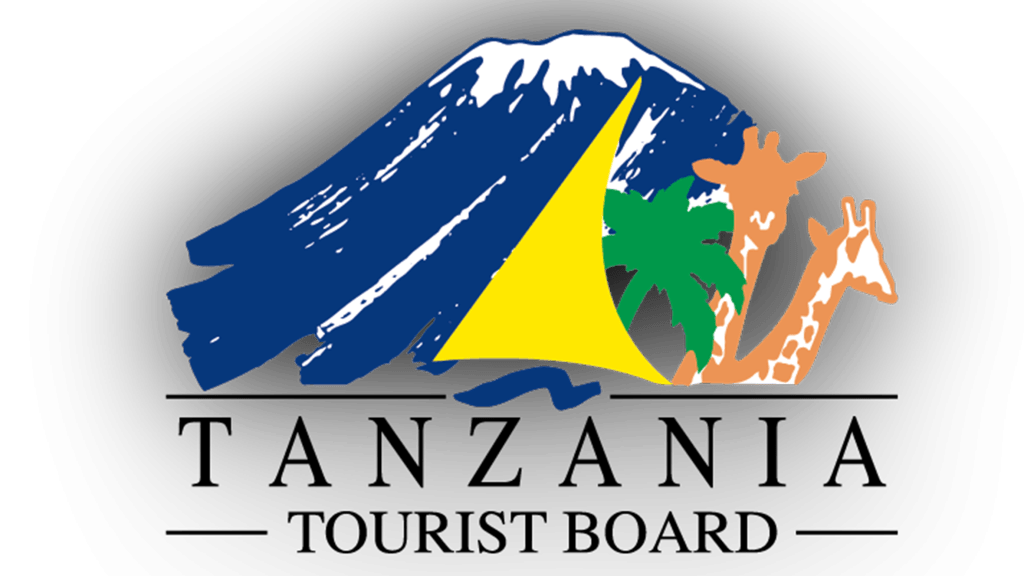
Email Address
info@landsideadventures.com
Call
+255 752 633 454
+255 692 406 444




Email Address
info@landsideadventures.com
Call
+255 752 633 454
+255 784 971 777




